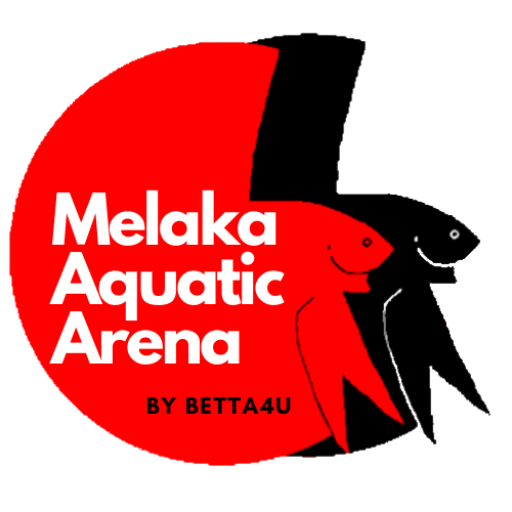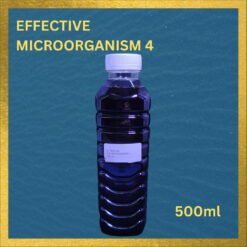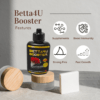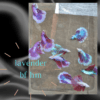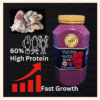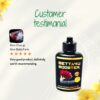What is Effective Microorganisms (EM)?
EM, short for Effective Microorganisms, refers to blends of bacteria resulting from naturally regulated fermentation processes, without any genetic or chemical manipulation. It is a safe, 100% organic mixture consisting of various bacteria types including photosynthetic bacteria, lactic acid bacteria (commonly found in dairy products), yeast (found in bread), actinomycetes, and fermentation fungi. These microorganisms coexist harmoniously in a fluid culture.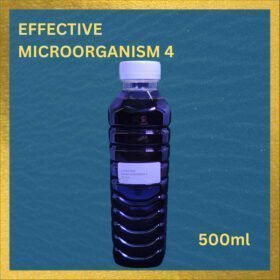
Different Types of EM:
- EM1 comprises primary lactic acid bacteria along with yeast and photosynthetic bacteria, all present in optimal ratios.
- EM2 contains a wider variety of microorganisms compared to EM1, including over 10 species out of a total of 80. These microorganisms, including photosynthetic bacteria, fungi, yeasts, and molds, form a consortium. EM2 is cultured in a liquid medium with a pH of 7, absorbing at pH 8.5, with an estimated population of 1 billion cells per gram of fluid.
- EM3, cultured in a liquid medium and stored at pH 8.5, also maintains a population of approximately 1 billion cells per gram of fluid.
- EM4 contains mainly lactobacillus spp. along with microorganisms that produce higher levels of lactic acid. Cultured in a liquid medium with a pH of 4.5, EM4 shares the same population density as the other types.
Materials Used in EM Production:
The ingredients for developing EM include discarded vegetables, fruit skins such as papaya and banana, rice fields, molasses (brown sugar), and rice washing water. These ingredients are combined in a container, thoroughly mixed, and allowed to ferment for a week. Subsequently, the aerobic bacteria consume the residues initially, emitting an unpleasant odor. As oxygen diminishes, anaerobic bacteria take over.Production Process:
EM1: After a week of fermentation, the solid residues are filtered, yielding a yellow fluid, identified as EM1.EM2: The EM1 fluid undergoes another round of fermentation with additional vegetables and fruit skins. After a week, the liquid is filtered to obtain EM2.EM3: EM2 liquid is mixed with bran, rice water, and molasses. After a week of fermentation, EM3 is obtained.EM4: EM3 is left to ferment for another week, resulting in EM4, which can be stored for up to six months in suitable conditions.Molasses and its Uses:
Molasses, a by-product of sugar production, finds extensive use in agriculture and livestock industries. Its various types, based on color, viscosity, concentration, and taste, serve multiple purposes, including enhancing soil fertility when combined with EM.Usage Instructions:
 The self-made EM concentrate should be diluted with molasses before use. A mixture of 2 tablespoons of EM and 2 teaspoons of molasses per liter of water is recommended for applications such as watering plants, spraying chicken coops, or adding to poultry drinks. Spraying frequency can be weekly, preferably in the early morning or late afternoon, avoiding direct sunlight to maintain microbial viability.
The self-made EM concentrate should be diluted with molasses before use. A mixture of 2 tablespoons of EM and 2 teaspoons of molasses per liter of water is recommended for applications such as watering plants, spraying chicken coops, or adding to poultry drinks. Spraying frequency can be weekly, preferably in the early morning or late afternoon, avoiding direct sunlight to maintain microbial viability.-20%
Water Conditioners
Original price was: RM10.00.RM8.00Current price is: RM8.00.
How to Use EM:
- Spray on soil, trees, and surrounding environment: Apply EM mixture to soil and plants to promote growth and enhance soil fertility.
- Increase EM in food and beverage: Incorporate EM into food and beverages to introduce beneficial microbes into the digestive system.
- Spray on stools, floors, and livestock buildings: Use EM to maintain cleanliness and promote beneficial microbial activity in livestock environments.
- Insert EM in the livestock pond: Add EM to ponds to improve water quality and support a healthy aquatic environment.
